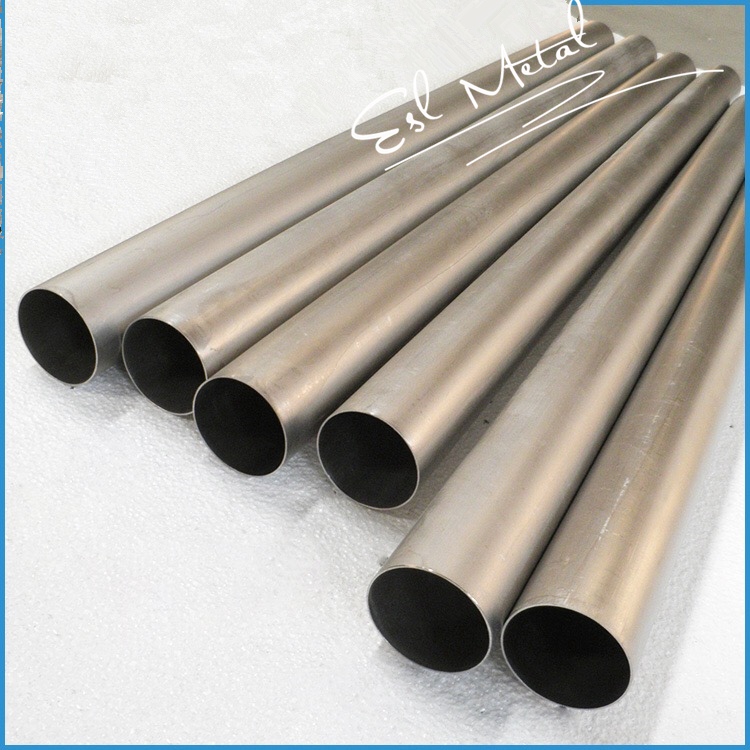1. Tabletting welded titanium pipe: compared with the multi seam "shrimp" type, the titanium pipe has fewer welds, but the more complex the tabletting process is, a large number of molds are required, and more materials and processes are consumed. The welds will also affect the corrosion resistance and the appearance is not ideal.
2、 Multi weld type (commonly known as "shrimp waist type") Titanium pipe: its processing technology is complex. It is usually made by cutting the pipe into multiple oblique openings and welding, or forming multiple sections under the plate and then rolling and welding. This method has a large amount of residual materials at the edges and corners and a large amount of welds. Because the weld will greatly reduce the corrosion resistance, easy to leak, and the appearance is poor. The inner surface is a folded surface, which increases the transmission resistance of the pipeline and increases the scouring corrosion at the back, thus reducing the service life.
3. Stamping titanium welded pipe: the appearance of this titanium pipe seems to be no different from that of the pushed titanium pipe, but the processing process is to punch the pipe blank in the stamping die. During the forming process, the back of the titanium pipe is pulled and forced to thin, and the inner pipe wall is pressed and thickened, resulting in uneven or wrinkled wall thickness. In addition, the back of the titanium pipe is subject to erosion and corrosion during use. Due to the thin back wall, it is easy to be damaged early, The overall service life of the pipeline is greatly reduced.
4. Cast titanium pipe: although it is a seamless titanium pipe, the wall thickness (at least 5mm) cannot match the pipe wall thickness (2mm ~ 4mm), which increases the transmission resistance and poor surface finish. More importantly, there are a large number of defects such as pores caused by manufacturing, which seriously affect the corrosion resistance and service life.
The above titanium tubes are far from meeting the current requirements, and the advent of push titanium tubes is quickly accepted and welcomed by users because push titanium tubes have their own characteristics.
The processing of titanium welded pipe takes the seamless titanium pipe as the blank, and the blank with diameter less than that of the finished product is pushed and extruded on the special push extruder. During the forming process, the blank expands. The stress analysis shows that the stress in different parts is different, but under biaxial compression, i.e. axial compression, radial compression and circumferential tension, the stress is always in tension.


